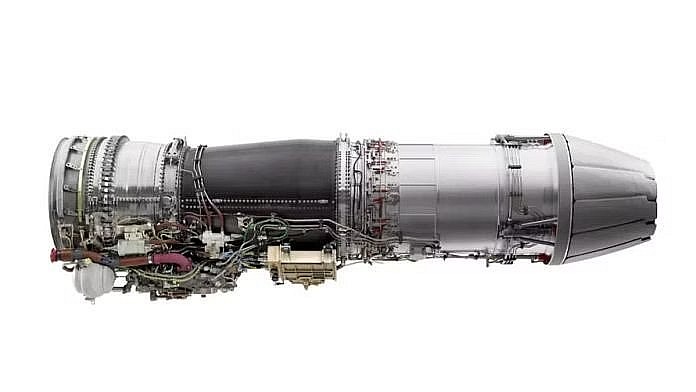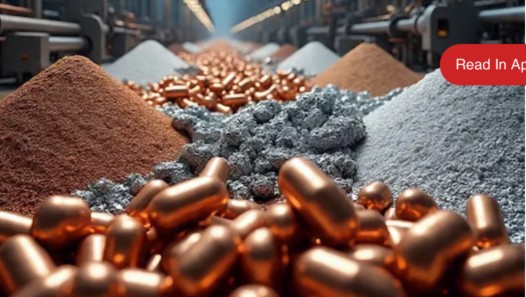India & US close to mega defence deal: Pact for fighter jet engines 1st, ship engines likely next
 |
| Over 1,600-plus F414 engines have been delivered by General Electric till date | Pic courtesy: GE |
After a wait of over a decade, India and the US are on the verge of signing a mega defence deal to facilitate state-run Hindustan Aeronautics Limited’s (HAL) partnership with American firm General Electric (GE) for jointly manufacturing indigenous jet engines of fighter aircraft.
While the partnership initially will be for aviation engines, it will eventually extend to those powering Indian military ships, ThePrint has learnt.
Sources described the proposed deal, which is likely to be announced during Prime Minister Narendra Modi’s state visit to the US next month, as one of the most definitive defence collaborations to take place between the two countries.
Chalking out the broad contours of the deal will be one of the key focus areas for US Secretary of Defense Llyod James Austin during his visit to New Delhi next week.
Sources said a memorandum of understanding (MoU) needs to be finalised between GE and HAL and both sides are “pretty close” to doing it. The second step is that US government needs to notify the Congress, which is a 30 day period. Sources said that they don’t expect any issues at the Congress.
As reported by ThePrint, Transfer of Technology (ToT) for jet engines was the main thrust of National Security Advisor (NSA) Ajit Doval’s talks with his American counterpart Jack Sullivan in February when they also operationalised the US-India Initiative on Critical and Emerging Technologies (iCET).
US President Joe Biden and PM Modi had announced the iCET in May 2022 to elevate and expand bilateral strategic technology partnership and defence industrial cooperation between the governments, businesses, and academic institutions of the two countries.
The US is keen on inking the deal as it takes the bilateral relations to a new high, and will help it beat the European competition from the French engine maker Safran and the British firm Rolls-Royce to the finish line.
Giving details of the proposed defence deal, sources in the defence establishment said the plan is to manufacture the GE F414 engine, which was shortlisted by India in 2010 to power the Mark II version of the indigenous Light Combat Aircraft Tejas, which currently comes with GE F404 engine.
Once its production starts in India, the GE F414 will power all future fighter jets including the Tejas Mk II, Advanced Medium Combat Aircraft (AMCA) as well as the indigenous Twin Engine Deck Based Fighter (TEDBF) for the Indian Navy.
The F414 is an afterburning turbofan engine in the 22,000 pound (98 KN) thrust class of engines. The Boeing Super Hornets and the Gripen fighter jets are among those aircraft that run on this engine.
While those fitted on board the AMCA is likely to be a newer version of a higher thrust class, the 100 per cent Transfer of Technology (ToT) to India has the potential to pave the way for future joint design, development, and manufacture of more powerful engines.
As per the schedule plan, the process will involve first making components for the engines in phases before actually moving to the full step up which will take at least a decade, the sources said.
The work on the F414 will be undertaken by the Engines Division of the Bengaluru-based HAL.
When the engine was shortlisted in 2010, John Flannery, the then President & CEO, GE India had said GE Aviation will supply the initial batch of F414-GE-INS6 engines and the rest will be manufactured in India under transfer of technology arrangement.
However, the plans for the ToT ran into rough weather because of a tough US government stance on export of critical technology and later was relaxed only in 2019.
Recommended
 Economy
Economy



